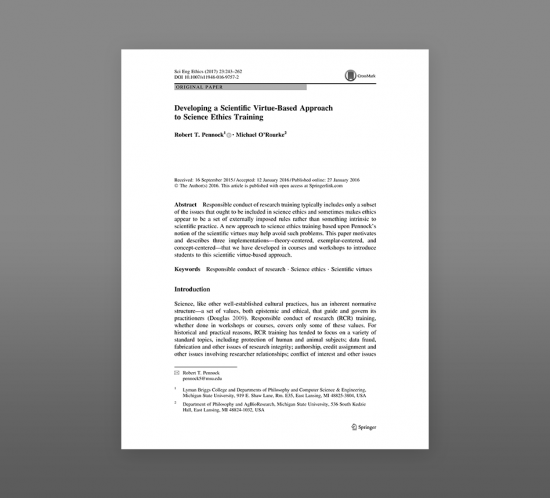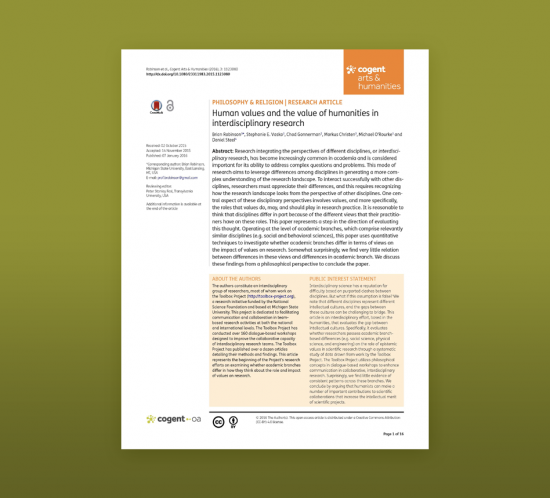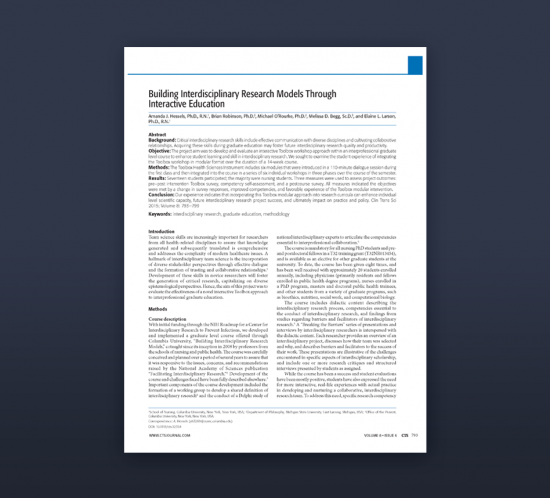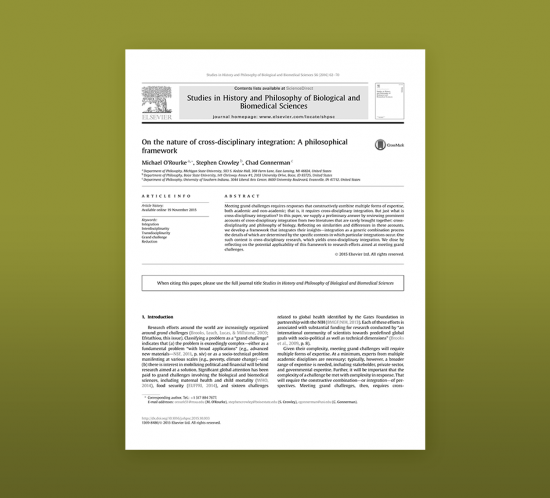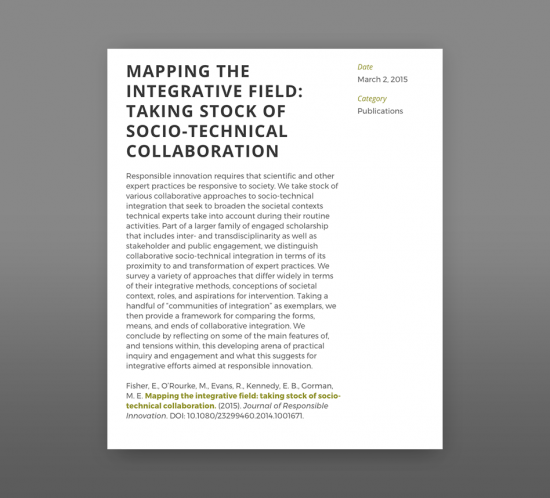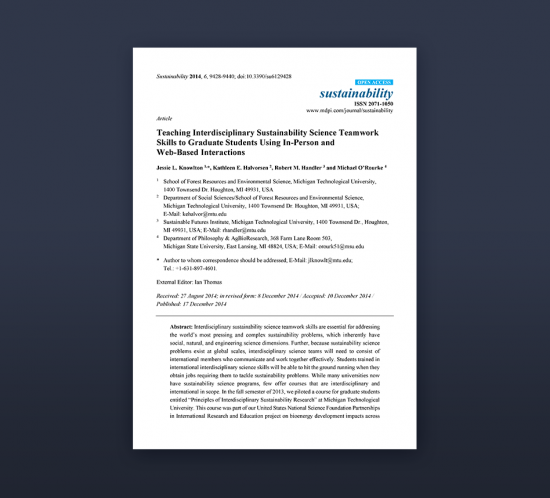Building the team for team science
The ability to effectively exchange information and develop trusting, collaborative relationships across disciplinary boundaries is essential for 21st century scientists charged with solving complex and large‐scale societal and environmental challenges, yet these communication skills are rarely taught. Here, we describe an adaptable training program designed





